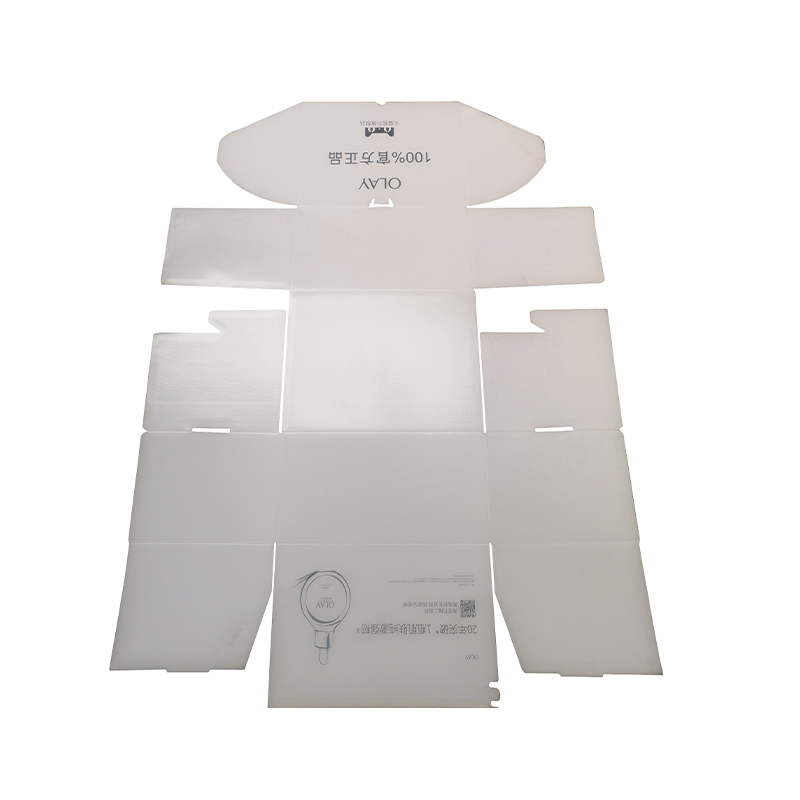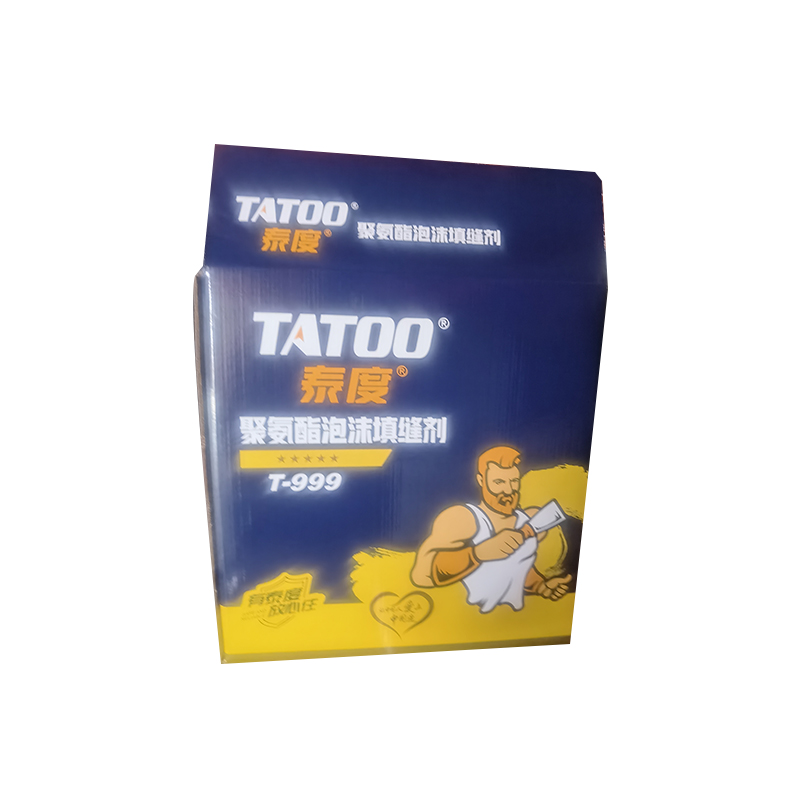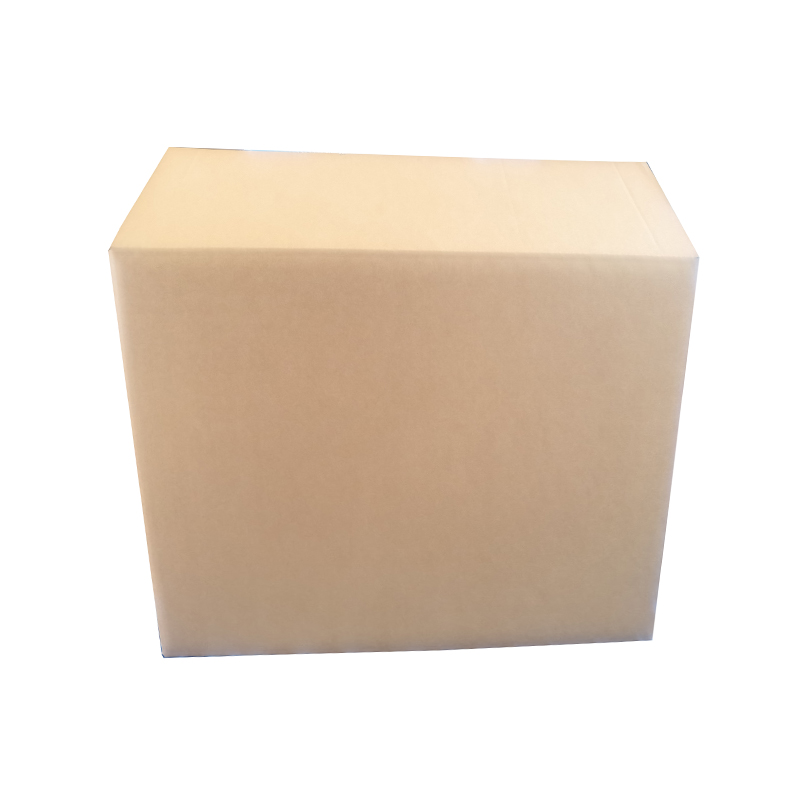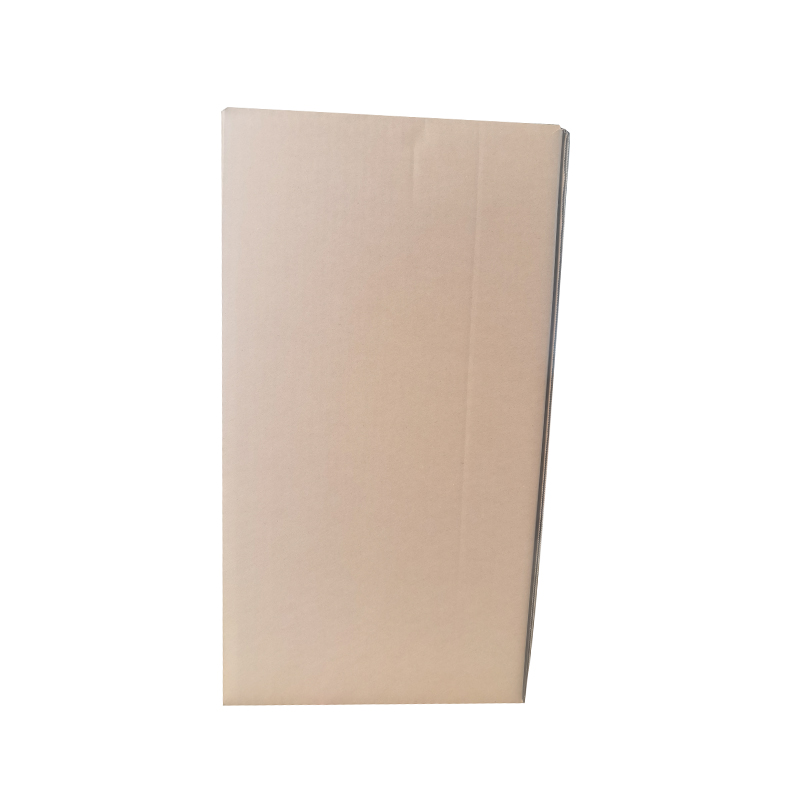How does the compressive strength of express boxes ensure that goods are not damaged when stacked?
Release Time : 2025-07-16
In the process of modern logistics and transportation, express boxes are important carriers of goods, and their performance is directly related to the safety and integrity of goods. Especially in the warehousing and transportation links, express boxes are often faced with physical pressures such as stacking and squeezing. If the box structure is not strong enough, it is very easy to cause the box to deform, collapse, and even damage the internal goods. Therefore, the compressive strength of express boxes has become one of the important indicators to measure their quality. Through the optimization of material selection, structural design and production process, modern express boxes show excellent bearing capacity during stacking, thereby effectively ensuring the safety of goods.
The compressive performance of express boxes first comes from the scientific selection of their materials. High-quality express boxes usually use high-strength corrugated cardboard, and its core layer structure can effectively disperse external pressure and form good support. This material not only has a certain elasticity and can return to its original state after being squeezed, but also can maintain structural stability under continuous force to avoid collapse due to concentrated pressure. In addition, the choice of facial tissue is also crucial. High-quality facial tissue not only enhances the appearance and texture of the box, but also improves the overall pressure resistance and wear resistance, so that the express box can still maintain its complete shape when stacked multiple times.
In addition to the material itself, the structural design of the express box also plays a key role in the pressure resistance. A reasonable box structure can effectively disperse the pressure from above, so that it is evenly distributed on the entire surface of the box, rather than concentrated on a certain point or a certain line. For example, the four corners and edges of the box are often subject to greater pressure, so the support structure of these areas will be strengthened during the design, such as using multiple layers of corrugated cardboard stacking, folding reinforcement, etc., to enhance the load-bearing capacity of the box. At the same time, the connection method between the box cover and the box body has also been optimized to ensure that there will be no cracking or deformation due to pressure during the stacking process, thereby further improving the overall stability.
Fine control of the production process is also an important guarantee for the express box to have good pressure resistance. From the indentation and die-cutting of the cardboard to the bonding and molding of the box body, each link directly affects the structural strength of the box body. Advanced production equipment can ensure consistent indentation depth and precise die-cutting, avoiding uneven force on the box due to processing errors. High-quality bonding technology ensures that the various parts of the box are firmly combined and will not delaminate or crack under pressure. In addition, some high-end express boxes also use lamination, coating and other processes to enhance the hardness and moisture resistance of the cardboard, so as to maintain stable compression performance in complex transportation environments.
The compression resistance of express boxes is not only reflected in its structure itself, but also closely related to its application in actual transportation. In the warehousing process, goods are usually stored in multiple layers, and the box needs to withstand continuous pressure from the goods above. At this time, express boxes with good compression resistance can effectively resist this pressure, prevent the box from collapsing or breaking, and protect the internal goods from being squeezed and deformed. During transportation, express boxes may experience bumps, vibrations, and even short-term heavy pressure. The high compression resistance design can ensure that the box remains stable under these dynamic loads and reduce packaging failure caused by external force impact.
In addition, the compression resistance of express boxes is also of great strategic significance to e-commerce and brand companies. Today, with the high reliance on express logistics, the compression resistance of the box directly affects the intactness rate of the goods and customer satisfaction. An express box with a stable structure and strong compression resistance can not only reduce the breakage rate during transportation, but also enhance the brand image and enhance consumers' trust in the platform or brand. Therefore, more and more companies have begun to pay attention to the compression resistance of express boxes, and especially emphasize structural optimization and material upgrades when customizing packaging to achieve higher transportation safety standards.
In summary, the compression strength of express boxes is a key factor in ensuring that goods are not damaged during stacking. It not only relies on the use of high-quality materials, but also depends on scientific structural design and precise production technology. In the modern logistics system, express boxes with excellent compression resistance not only improve the safety and efficiency of transportation, but also provide more reliable packaging solutions for e-commerce, manufacturing, retail and other industries. With the continuous advancement of technology, the compression resistance of express boxes will continue to be optimized to provide more solid support for global logistics and transportation.
The compressive performance of express boxes first comes from the scientific selection of their materials. High-quality express boxes usually use high-strength corrugated cardboard, and its core layer structure can effectively disperse external pressure and form good support. This material not only has a certain elasticity and can return to its original state after being squeezed, but also can maintain structural stability under continuous force to avoid collapse due to concentrated pressure. In addition, the choice of facial tissue is also crucial. High-quality facial tissue not only enhances the appearance and texture of the box, but also improves the overall pressure resistance and wear resistance, so that the express box can still maintain its complete shape when stacked multiple times.
In addition to the material itself, the structural design of the express box also plays a key role in the pressure resistance. A reasonable box structure can effectively disperse the pressure from above, so that it is evenly distributed on the entire surface of the box, rather than concentrated on a certain point or a certain line. For example, the four corners and edges of the box are often subject to greater pressure, so the support structure of these areas will be strengthened during the design, such as using multiple layers of corrugated cardboard stacking, folding reinforcement, etc., to enhance the load-bearing capacity of the box. At the same time, the connection method between the box cover and the box body has also been optimized to ensure that there will be no cracking or deformation due to pressure during the stacking process, thereby further improving the overall stability.
Fine control of the production process is also an important guarantee for the express box to have good pressure resistance. From the indentation and die-cutting of the cardboard to the bonding and molding of the box body, each link directly affects the structural strength of the box body. Advanced production equipment can ensure consistent indentation depth and precise die-cutting, avoiding uneven force on the box due to processing errors. High-quality bonding technology ensures that the various parts of the box are firmly combined and will not delaminate or crack under pressure. In addition, some high-end express boxes also use lamination, coating and other processes to enhance the hardness and moisture resistance of the cardboard, so as to maintain stable compression performance in complex transportation environments.
The compression resistance of express boxes is not only reflected in its structure itself, but also closely related to its application in actual transportation. In the warehousing process, goods are usually stored in multiple layers, and the box needs to withstand continuous pressure from the goods above. At this time, express boxes with good compression resistance can effectively resist this pressure, prevent the box from collapsing or breaking, and protect the internal goods from being squeezed and deformed. During transportation, express boxes may experience bumps, vibrations, and even short-term heavy pressure. The high compression resistance design can ensure that the box remains stable under these dynamic loads and reduce packaging failure caused by external force impact.
In addition, the compression resistance of express boxes is also of great strategic significance to e-commerce and brand companies. Today, with the high reliance on express logistics, the compression resistance of the box directly affects the intactness rate of the goods and customer satisfaction. An express box with a stable structure and strong compression resistance can not only reduce the breakage rate during transportation, but also enhance the brand image and enhance consumers' trust in the platform or brand. Therefore, more and more companies have begun to pay attention to the compression resistance of express boxes, and especially emphasize structural optimization and material upgrades when customizing packaging to achieve higher transportation safety standards.
In summary, the compression strength of express boxes is a key factor in ensuring that goods are not damaged during stacking. It not only relies on the use of high-quality materials, but also depends on scientific structural design and precise production technology. In the modern logistics system, express boxes with excellent compression resistance not only improve the safety and efficiency of transportation, but also provide more reliable packaging solutions for e-commerce, manufacturing, retail and other industries. With the continuous advancement of technology, the compression resistance of express boxes will continue to be optimized to provide more solid support for global logistics and transportation.







